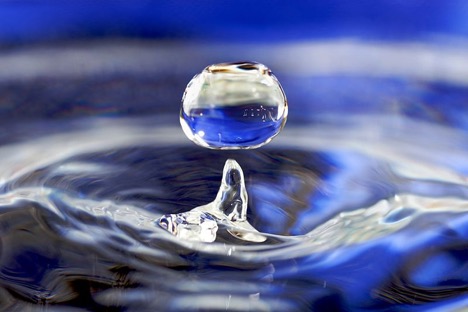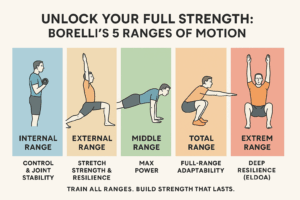
Water, Water Everywhere
Water is one of the most important staples toour health and fitness. If we are dehydrated, it can present a whole host of physical problems that will cost time and money to “cure,”when the remedy is as simple as “DRINK MORE WATER!”
Symptoms of Dehydration
Mild:
- thirst
- dizziness
- anger
- depression
- confusion
- light-headedness
- dry mouth and nose
- slowed urine production
Moderate:
- sunken, dry eyes with few or no tears
- poor skin elasticity
- rapid and deep breathing
- low blood pressure
- fast, weak pulse
Severe:
- fainting
- severe muscle contractions in the arms, legs, stomach, andback
- convulsions
- heart failure
- kidney problems
- lack of urine
- cool, moist extremities
- low or undetectable blood pressure
- peripheral cyanosis (bluish skin)
- death
Water Facts
An interesting fact, “The earth is covered with almost 70% water,andhumans are composed of about 75% water- our blood containing roughly the same salinity as the ocean water”. There are roughly 10,000 actions within your body that are performed per second, which water is essential to. Water’s chief job is to maintain a stable environment inside and around our cells,so we can be able to take in nutrition and eliminate wastes. It is also essential that your muscles, tendons, ligaments and all the fascia in our body stay hydrated. You see, our body is meant to slide and move internally, and all this sliding and moving is done on water basedsubstance. So if you are dehydrated, just moving around will cause excessive tension and friction, which will cause inflammation, dysfunction, andpain.
So where do you start? First,find out how much you are currently drinking. Use a journal or the note function on your smartphone. If your total water intake is below ½ your body weight in ounces of water, you have to start increasing your intake. So, for example if you weigh 150lbs, you should be drinking 75 ounces of water every day. Also,note how much plain water you are having. Plain is water without ANYTHINGin it and two hours after eating.
Don’t try and increase it all at once though! Start slowly and let your body adapt. First,take the water you are currently drinking and divide it into thirds. Then also divide your day into thirds, say before 11am, 3pm, and7pm. Each third of waterwill go into those three sections. Now you are going to add a little bit of water in each third and make sure that it is all finished by the time you choose. Just keep increasing periodically every couple of weeks, andyou will be good to go in no time.
If you do enjoy lemon or lime in your water, just make sure half the water you drink is plain. This is the water that keeps your tissues hydrated.
As an added way to get more water in and start your day off awesomely, drink as much as you can first thing in the morning. Now you have started your day off hydrating yourself which get your body flowing and functioning correctly. It also gets you in the habit of drinking water in the day. And if you happen to forget to drink enough during your busy day, the water you drank in the morning “front loaded” your amount to help.
Water Hydration
So now that you are all geared up to stay hydrated- What do you do? Go to the nearest water fountain and take a swig…Not if you love your body! Almost all municipal sources of water are contaminated with commercial agricultural runoff (pesticides, herbicides, etc.) and have chlorine and fluoride added to it. The hierarchy of the best water sources are:
- Artesian
- Spring
- Filtered
The point I’m trying to get across to you is-DRINK MORE WATER! For those of you who are already thinking that this will send you to the bathroom every two seconds, consider this: As you slowly increase your water intake, your body will become more efficient at processing/using the water, and your desire to go will decrease. You can also add a small pinch of Celtic sea salt (not every time) which will help your body assimilate the water and give you a bunch of fantastic trace minerals (electrolytes) that your body needs anyway.
On a closing note- Many people mistake the feeling of thirst for hunger, and studies show that adults who drink two, 8-ounce glasses of water before breakfast, lunch, and dinner consumed75-90 fewer calories during each meal.
Find out more @



[…] Drinking fluids will wash the virus into the stomach where it will die in the stomach acid. If you do not drink enough fluids it can move from the windpipe into the lungs. The virus cannot survive in temperatures greater than 530 degrees Celsius. That is about 133 degrees Fahrenheit. The higher the temperature the faster the virus will die. Fit a regular sauna visit into your routine and make sure you always keep a vessel full of fluids with you. […]